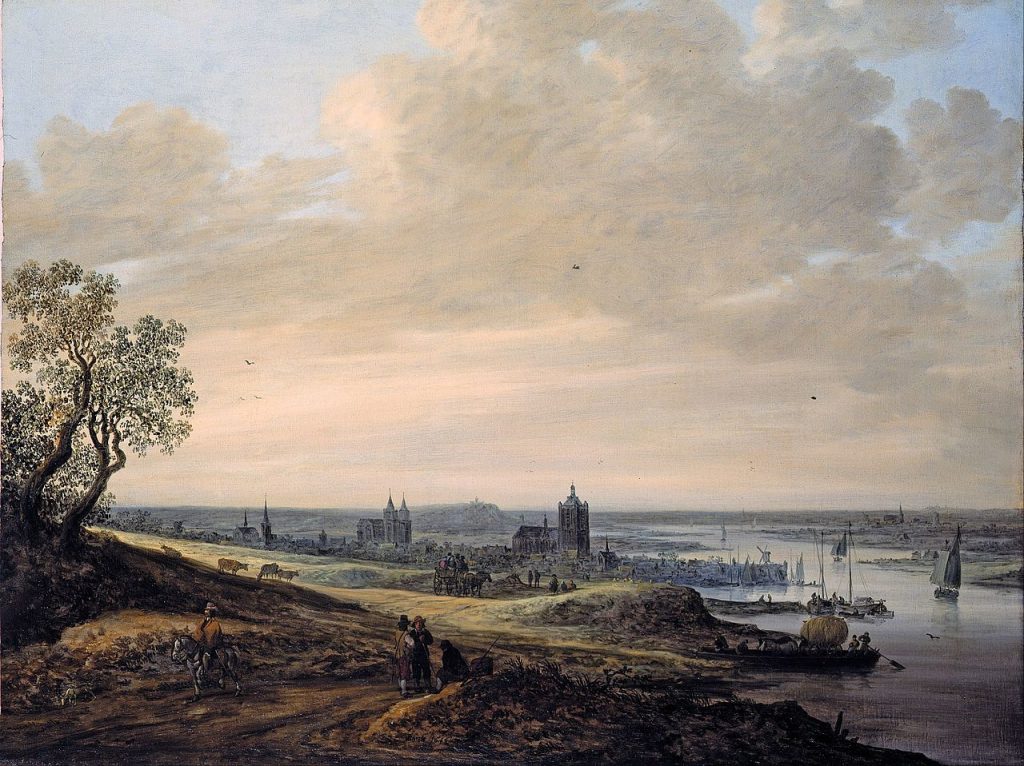Abhishek Kumar
JANUARY 13, ON THIS DAY
Jan van Goyen was a leading figure in Dutch landscape painting during the Dutch Golden Age. His works captured the beauty of the Dutch countryside and its towns, villages, and waterways, as well as its historical monuments. In his paintings, he often included subtle symbolic references to religious and moral values. His paintings are characterized by a unique style in which he combined realistic depictions of the Dutch landscape with a dream-like quality. During the Dutch Golden Age, a period of great wealth and prosperity for the Dutch Republic, Van Goyen captured the beauty of the Dutch countryside. He was able to capture the light and atmosphere of the Dutch countryside in his works, and he was also one of the first artists to paint the Dutch landscape in a realistic manner.
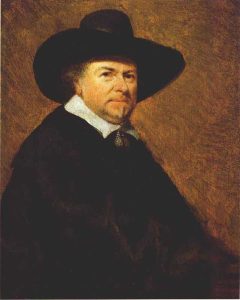
Van Goyen was born on January 13, 1596 in Leiden, where he studied under the painter Esaias van de Velde. He soon moved to The Hague, where he worked in the studio of the landscape painter Jacob van Ruisdael. He later travelled to Haarlem and Amsterdam, where he was influenced by the works of the Dutch marine painters. The simplicity, airiness, and unification of his compositions continued to increase in his abundant production of dune landscapes, river views, seascapes, town views, and winter landscapes. The River View displays a river so open and extensive as to suggest the sea, with reflections that prolong the vast and luminous sky. In its monumentalization of humble structures and its composition built on a firm scaffolding of horizontal and vertical forces, it forecast these early-date developments that dominated landscape painting in the 1650s and later.
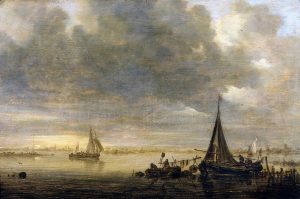
Van Goyen’s landscape paintings often depicted the everyday life of Dutch people living in the countryside. He painted scenes of peasants working in the fields, fishermen in boats, and merchants trading goods in the markets. He also captured the beauty of the Dutch countryside, with its rolling hills, lush forests, and winding rivers. In addition, he painted views of Dutch cities and towns, showing their grand architecture and bustling streets. His use of light and colour to create a sense of atmosphere was also particularly noteworthy. The sky in his paintings often has a golden hue, which has been interpreted as a symbolic reference to the wealth and prosperity of the Dutch Golden Age.
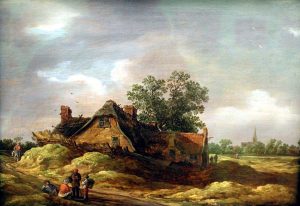
Van Goyen’s paintings of the Dutch landscape also captured the rich cultural history of the country during the Dutch Golden Age. He often included references to Dutch folklore and traditions in his works, such as windmills, dikes, and canals. He was also known for his depictions of Dutch towns, which often included the city walls, towers, and churches that were so prevalent during the period. Van Goyen’s paintings often featured a new technique known as aerial perspective. This technique involved painting the background of a painting in lighter tones, which gave the illusion of depth. This gave a more realistic view of the Dutch countryside and allowed Goyen to capture the beauty and atmosphere of the period.
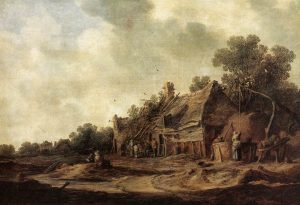
The Dutch Golden Age is often remembered as a period of great wealth and prosperity, and Goyen’s landscape paintings helped to capture this era. Through his art, he was able to depict the beauty of the Dutch countryside and its towns, villages, and waterways. He also incorporated subtle references to religious and moral values in his works, while his use of light and colour gave his paintings a dream-like quality. He helped to set the standard for the genre and inspired many other Dutch painters to capture the beauty of the Dutch Golden Age. His paintings of the Dutch landscape remain an important part of the country’s cultural heritage and a lasting reminder of the Dutch Golden Age.
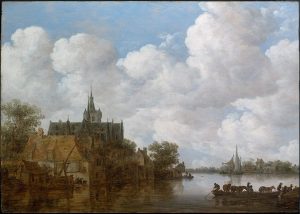
Sources:
- https://en.wikipedia.org/wiki/Jan_van_Goyen
- https://jhna.org/articles/van-goyen-virtuoso-innovator-market-leader/
- https://www.nga.gov/collection/artist-info.1354.html


